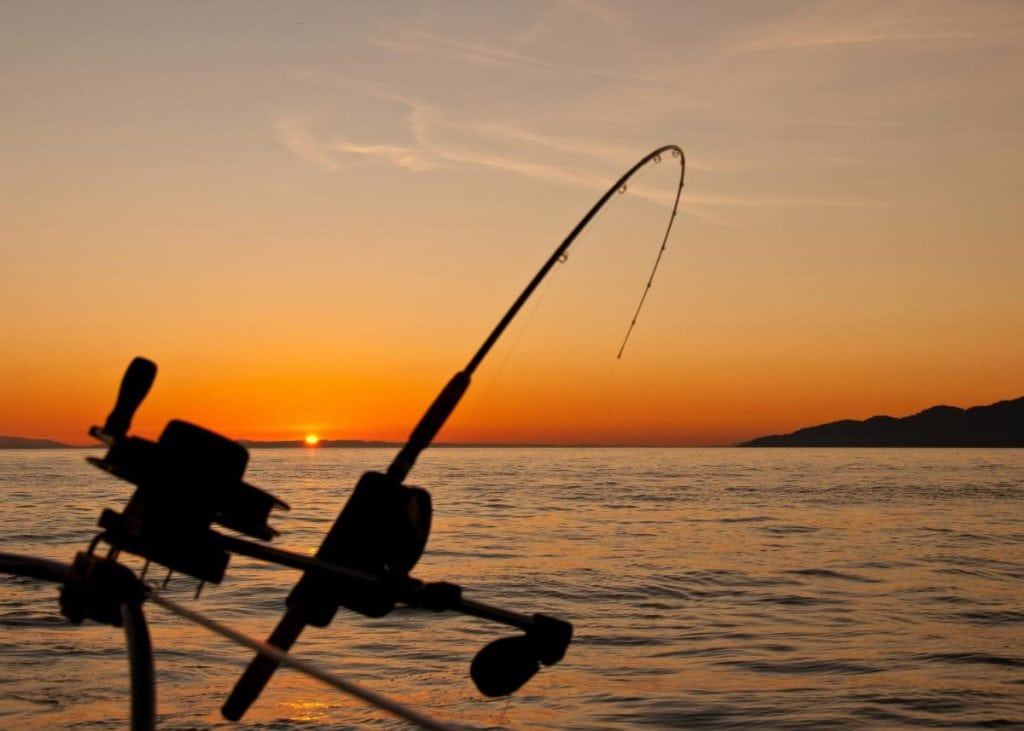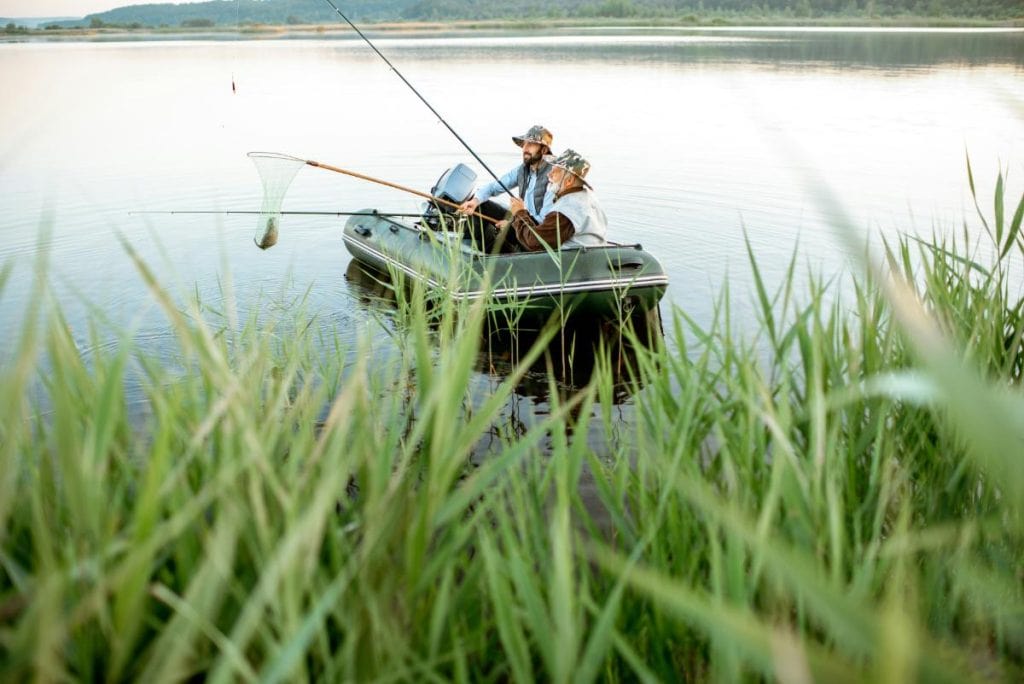Fishing for bass in deep waters offers a unique set of challenges and rewards. While many anglers prefer the ease of targeting bass in shallow areas, mastering deep-water techniques can significantly broaden your skill set and increase your chances of landing trophy-sized fish. This article dives into the essential strategies, gear, and techniques needed to effectively fish for bass in deeper, colder waters. Whether you’re a seasoned angler looking to hone your skills or a novice eager to learn, these tips will help you navigate the depths.
Deep-water bass fishing requires not just the right approach but also an understanding of the environment and fish behavior. If you’re eager to enhance your knowledge about bass fishing, you can visit this website for additional resources and expert insights. With that, let’s get started on the fundamentals of deep-water bass fishing.

Understanding Bass Behavior in Deep Waters
Bass behavior changes significantly in deeper environments. The cooler, darker waters provide a different set of challenges compared to shallower areas. Bass retreat to these depths when surface temperatures rise during the summer or drop in the colder months.
Why Bass Move to Deep Waters
Bass seek consistent water temperatures and oxygen levels, often found in the thermocline—a layer of water where the temperature changes rapidly with depth. Additionally, deeper areas often harbor baitfish and other food sources, making them prime locations for bass to hunt.
Understanding the reasons behind these movements can help you pinpoint where to cast your line. By studying underwater topography, like drop-offs, ledges, and submerged structures, you can locate these hidden hotspots.
Essential Gear for Deep-Water Bass Fishing
The right equipment can make or break your success when fishing deep waters. While it’s tempting to stick with familiar gear, deep-water fishing often requires specific tools to get your bait down and keep it there.
Rods and Reels
When fishing at depth, opt for a longer rod with a sensitive tip. This helps detect subtle bites, which are common in deep waters. Pair your rod with a high-capacity baitcasting reel, as these reels provide the torque needed to retrieve heavy lures from deep below.
Lines and Lures
For lines, braided or fluorocarbon options are your best bet. Braided lines offer excellent sensitivity and minimal stretch, while fluorocarbon lines are virtually invisible underwater. As for lures, go for those designed to sink quickly and maintain their action at depth. Jigs, drop shots, and deep-diving crankbaits are all effective choices.
Advanced Techniques for Targeting Bass at Depth
Catching bass in deep waters requires patience, precision, and a willingness to adapt. Let’s explore some of the most effective techniques.
1. Drop Shotting
Drop shotting is one of the most popular methods for targeting deep-water bass. This finesse technique involves suspending your bait above the weight, keeping it off the bottom and in the strike zone. It’s particularly effective for catching finicky bass.
How to Use It:
Position your bait just above the bottom, using small twitches to mimic the movement of a struggling baitfish. This method works best when fishing near submerged structures or ledges.
2. Jigging
Jigs are versatile and effective for reaching deeper water. Use football jigs or heavy flipping jigs with trailers to entice bass lurking near the bottom.
Pro Tip:
Experiment with different retrieval speeds. Sometimes a slow, dragging motion works best, while other times a more aggressive hop-and-pause technique will trigger strikes.
3. Vertical Jigging
Vertical jigging is another excellent approach for targeting bass in deep waters. This technique involves dropping your lure directly beneath the boat and working it up and down in the water column.
When to Use It:
Vertical jigging is particularly useful when you’ve identified a school of bass on your fish finder.
Using Electronics to Your Advantage
Modern technology has revolutionized fishing, making it easier than ever to locate bass in deep waters.
Fish Finders
A quality fish finder is a must-have tool for deep-water anglers. Use it to identify key structures, locate baitfish schools, and even spot individual bass. Look for features like side imaging and down imaging for a more detailed view of the underwater terrain.
GPS and Mapping Tools
Many fish finders come equipped with GPS and mapping capabilities. These tools allow you to mark productive spots, track your drift, and return to successful locations with ease.
Timing and Seasonal Considerations
The best time to fish for bass in deep waters depends on the season. Understanding these patterns will help you optimize your efforts.
Summer
During the hot summer months, bass move to deeper, cooler waters to escape the heat. Focus on areas near drop-offs, submerged humps, or creek channels.
Winter
In winter, bass often congregate in deep water where the temperature is more stable. Use slow-moving baits like jigs and blade baits to entice lethargic fish.
Reading the Water: Tips for Locating Bass
Locating bass in deep water isn’t just about luck—it’s about reading the water effectively. Keep an eye out for these key indicators:
- Underwater Structures: Ledges, rocks, and submerged trees often hold bass.
- Baitfish Activity: Use your electronics to locate schools of baitfish, as bass are never far behind.
- Current and Wind: Both factors influence where bass position themselves, often leading to ambush points.
Adjusting Your Mindset for Deep-Water Success
Fishing deep waters requires a shift in mindset. It’s not as fast-paced as shallow-water fishing, and it often demands more patience and precision. However, the rewards can be immense, with larger and less-pressured bass waiting below.
Stay Persistent
Deep-water fishing isn’t always easy, but persistence pays off. If one technique isn’t working, don’t hesitate to switch things up. Experiment with different lures, retrieval speeds, and depths until you find what works.
Stay Safe
Fishing in deeper areas, especially from a boat, requires attention to safety. Always wear a life jacket, keep an eye on weather conditions, and ensure your boat is equipped with all necessary safety gear.

Master the Depths
Fishing for bass in deep waters is a rewarding challenge that pushes you to refine your techniques and adapt to new conditions. By understanding bass behavior, using the right gear, and employing advanced strategies like drop shotting and jigging, you can significantly increase your success. Combine these skills with modern electronics and a patient mindset, and you’ll be well on your way to landing those elusive deep-water giants.
So next time you head out on the water, don’t shy away from the depths. Embrace the challenge, and you might just catch the bass of a lifetime.
